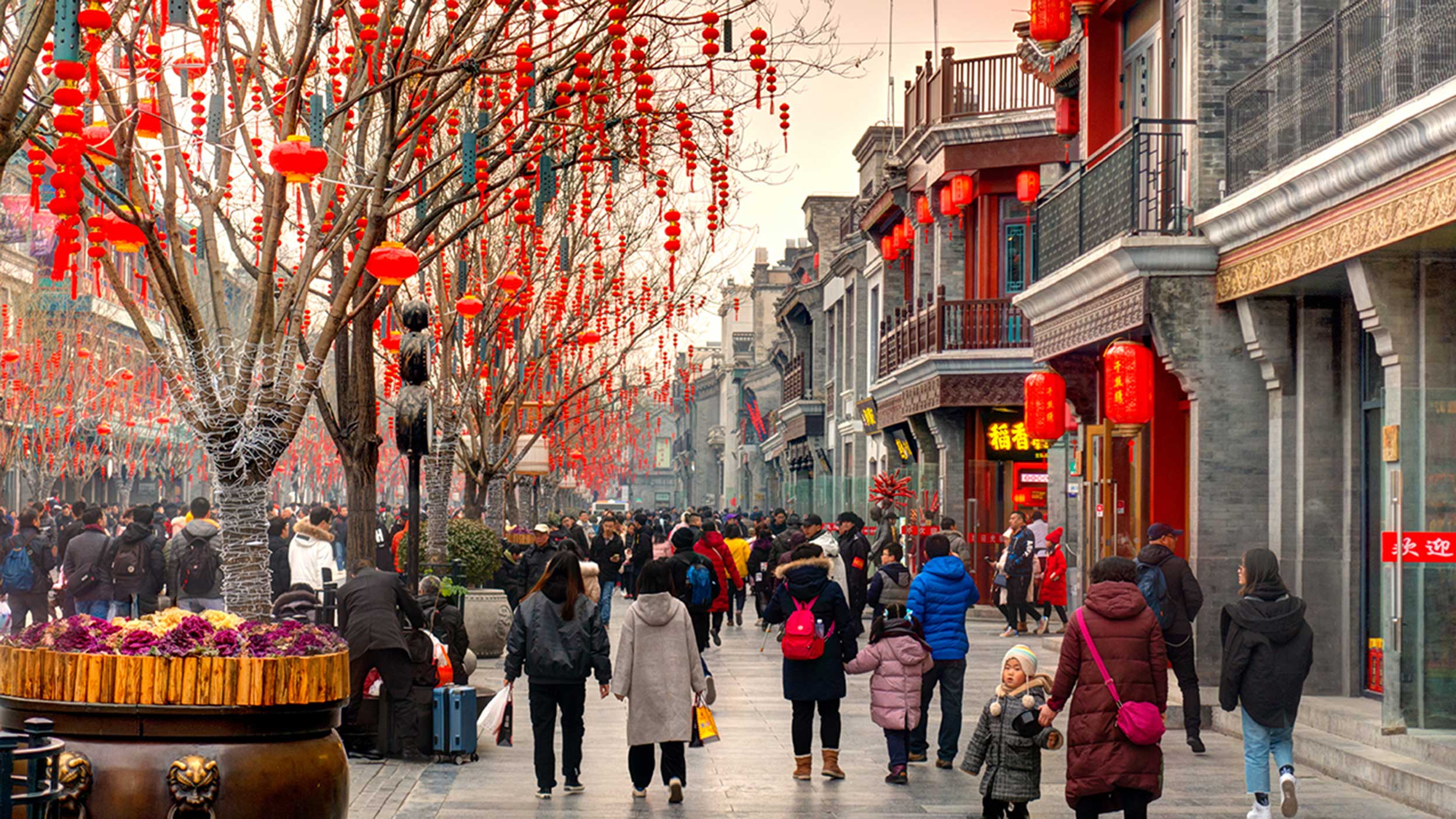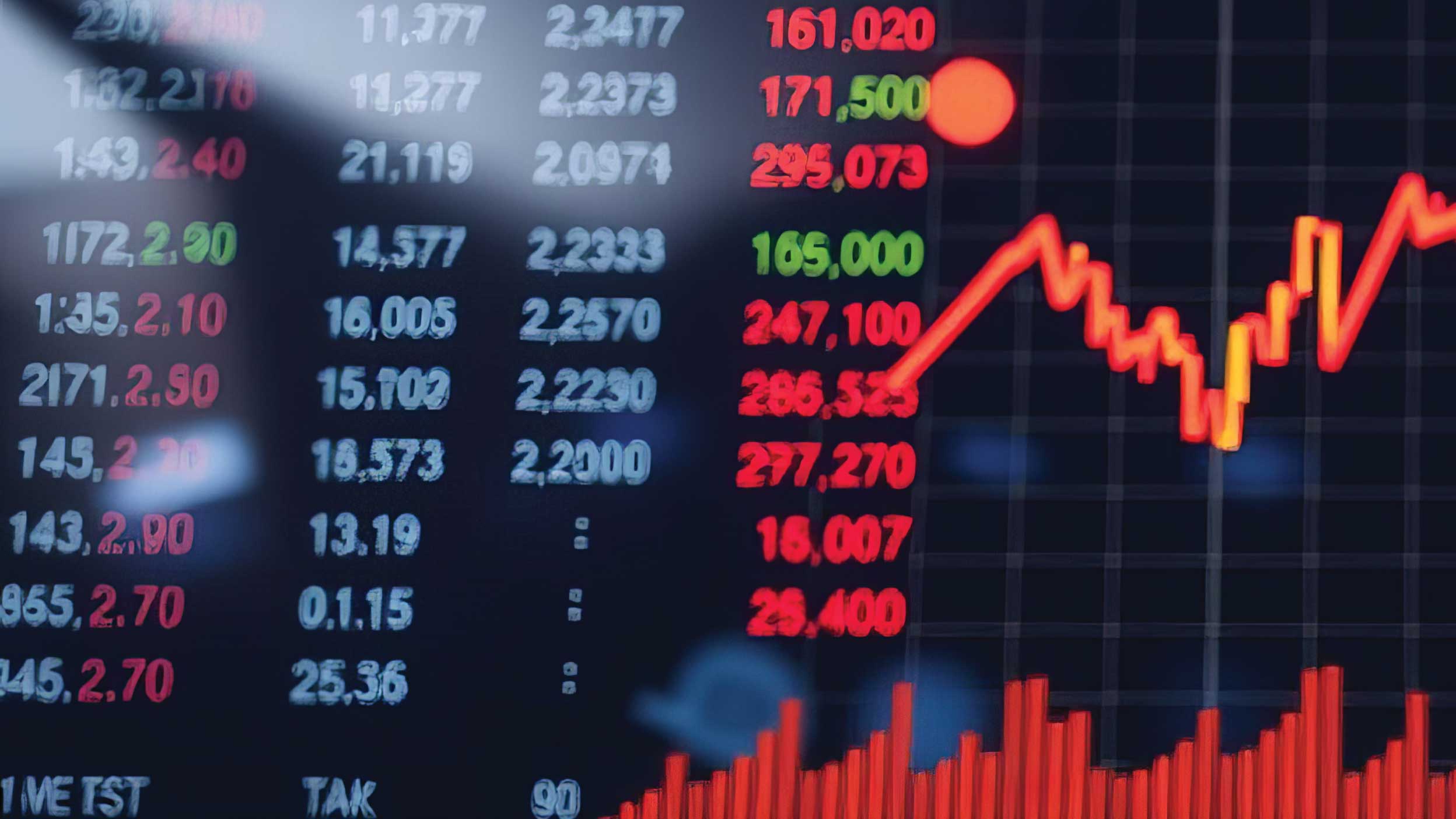
ETF A proven, systematic approach to active investing
Find out what objectives a systematic active approach might aim to achieve and how an equity ETF using this strategy fits in between pure passive and traditional active management.

Invesco’s Developing Markets team, led by Chief Investment Officer Justin Leverenz, addresses salient questions that have arisen in the last few weeks concerning regulatory interventions in China and how that impacts the team’s outlook for Chinese equities.
We have witnessed an acceleration of sharp-speared regulatory interventions across sectors, which has blind-sided investors and untethered confidence in stocks, particularly Chinese American depositary receipt (ADR) listings. The Nasdaq Golden Dragon China Index (HXC), a market capitalization weighted index of Chinese companies listed in the United States, is down nearly 27% year to date.1
We believe that there are three layers of questions which need to be asked to fully grasp what is going on with these chaotic interventions.
We believe the investment community is today focused largely on the proximate layer of questions, which are important in understanding near-term earnings implications. However, in the context of a changing China, these questions are unlikely to be helpful in assessing the value ultimately embedded across companies.
At the proximate level, we have seen a host of chaotic regulatory change.
In this environment of accelerated regulatory intervention and fast-developing news, questions that need to be answered are around implications for company growth and profitability. We have seen a violent initial reaction as investors grapple with understanding first derivative implications to company valuations.
Now let us consider the “why.”
The second set of questions — those that involve the motivations behind these policy shifts — seem reasonably clear to us. However, these forces are highly nuanced and inter-linked. Let us consider these layers of “why” one by one.
Firstly, two key threads are quite obvious:
These whys are broadly aligned with bigger policy goals articulated at the 19th Party Congress in 2017, during which “Xi Jinping thought” was enshrined, with its emphasis on “socialism with Chinese characteristics.” The three broad goals that we believe are relevant here deal with the negative externalities associated with China’s breakneck growth over the past few decades: environment, equity, geopolitics. And of course, each of these dovetails nicely with industrial policy goals which have been developed to cope with these challenges.
Now for the third set of questions. Let us consider the existential threats a little deeper.
We believe there has been an existential change in policy vision over the past few years in China. The current leadership in Beijing sees the world with a different lens than its predecessors of the post-Mao Zedong era. There appears to be an increasingly held belief in China that the West is simultaneously failing and wants to contain China’s rise. The belief is that the United States, in particular, is fatigued from its international obligations following costly interventions in the Middle East and Central Asia. And that the Great Financial Crisis, the COVID pandemic and the costs of these failed interventions have exposed deep structural and cultural problems in the West. In essence, this belief leads to the view that the United States is once again turning inwards, leaving a vacuum in geopolitics. There is also a belief that the liberal-oriented system developed post WWII is increasingly less accommodating to the rise of China as the United States, its sponsor, faces relative decline.
China is suspicious (perhaps correctly) that the West’s ultimate policy goals are containment and transformation, and that Western policymakers will not accommodate what they see as a non-liberal player for global influence. Thus, China needs to redress its vulnerabilities, which are oil, semiconductors and the US dollar.
We are all quite frustrated as investors with the unpredictability that accompanies this dizzying level of regulatory intervention. But we have also tried to step back and understand better the uniqueness of China.
China’s economy is a hybrid model, a form of political capitalism that is not entirely uncommon in the world — it has parallels with development in much of Asia in the twentieth century (South Korea, Taiwan, Malaysia). China’s model today is deeply embedded in thousands of years of political and cultural development of the nation. It is a model that accommodates capitalist enterprise embedded in a highly paternal state. It is a model — as Branco Milanovic articulates well in the book Capitalism Alone — designed to be managed by an independent state run by an efficient, technocratic bureaucracy.
The first principle is that state autonomy is extremely high and unlikely to change. Rule of law is ambiguous by design, which allows the state to navigate free from legal constraint and can result in capricious policy. However, its goal — and its legitimacy — is ultimately inclusive growth.
But China is decisively a capitalist economy. The private sector is dominant in production, employment and growth. Capitalism is deeply embedded in China. The private sector, which is encouraged by the government, is vibrant and is the source of growth and innovation in the economy. However, it is a hybrid model where the state provides efficient delivery of public goods that enable development (infrastructure) and balance externalities (inclusive growth).
The notion of a “middle-income trap” for emerging economies refers to the difficulty of navigating development away from the low-hanging fruit of labor absorption and deepening capital intensity (typically from farms to factories) and toward higher value-added, more highly productive service industries. The World Bank coined this term 15 years ago to account for observable failure in most developing economies to break out of $10,000 to $12,000 per capita incomes across much of Latin America and Asia.
This idea has been a recurrent theme among China skeptics and is often conflated with China’s demographic challenge. But China is really different, in our view. And the regulations — or perhaps more appropriately “reforms” — in China over the past few weeks are efforts by policymakers to ensure that China remains different, overcoming the middle-income trap common to many developing countries.
The middle-income trap is misunderstood by most. The real mistake is one of statistics. Most developing countries’ middle-income trap is fundamentally a function of dual-sector models that are characterized by a relatively small group of efficient formal sector workers who drive economic growth and an overwhelming majority of informal sector labor workers who are trapped in low-skilled or unskilled “mom and pop” industries with almost zero structural growth. The middle-income trap is thus a function of an absence of social mobility, or the inability of these countries to deliver “inclusive growth.” The statistical mistake is that median incomes grow slowly because the supermajority of developing country populations do not grow in real terms, while the small middle classes in these countries grow far more rapidly but cannot pull the entire nation forward.
In contrast, China is the only country on earth that has been able to sustain high levels of growth, and inclusive growth, over the past three decades. The country has literally birthed 300-400 million middle income consumers during this period of time.2 It is now struggling to deliver similar outcomes for the rest of China’s population over the next few decades. The Xi administration is trying to simultaneously deal with the instabilities of the past few decades — environmental, equity, geopolitical risks — while ensuring financial stability and inclusive growth. If it delivers such inclusive growth, we believe China will avoid the middle-income trap — and our bet is that it will be successful in that endeavor.
Despite feeling downcast about the considerable retreat in a number of our Chinese holdings, we believe considerable opportunities for investors still exist in China, and these should not be dismissed out of hand. Those opportunities exist in a few buckets.
We still very much believe that China is in the early stages of what will potentially be one of the great bull markets in human history. That bull market really does not have much to do with “tourists” in Chinese equities, i.e., people who either do not have a mandate to invest in emerging market equities or have a shallow understanding of the nuances of investing in China.
The bull market in China will be structural, in our view, for several reasons.
Emerging market equities have had a very difficult period over the past decade. As of the end of June 2021, the MSCI Emerging Markets Index had a 3.6% compound annual growth rate over the past 10 years in USD terms, compared with 15.4% for the US S&P 500 Index and 6.1% for the MSCI EAFE Index.4 The retreat of China has stalled emerging market (EM) performance over the past 12 months as well. While the S&P 500 Index generated 36.5% trailing 12 months returns and MSCI EAFE Index has delivered 30.3%, the MSCI EM Index has only given 19.7% returns during this period.5
This shocking underperformance is anomalous in a climate where global rates are extremely low, commodity prices have surged, and the dollar has been in modest decline. It is most unusual.
The culprits have clearly been the “2C” – China and COVID. Regulatory anxieties in China have risen at a time when COVID-19 continues to inhibit a recovery in many developing countries that have not been able to access vaccinations.
We have discussed at length our positive views on China and Chinese equities above. The bottom line is we continue to see a solid case for a structural boom in Chinese equities. And we believe that countries across Latin America, Southeast Asia and the rest of the developing world will eventually see a sharp economic recovery post-pandemic. And with recovery, we expect a strong rally in non-China earnings and equity prices. It is also worth reiterating that we believe the “energy transition” of the next decade will be supportive to elevated commodity prices (both mining and energy) and commodity currencies. In our view, the case for favorable returns in EM equities remains strong.

Find out what objectives a systematic active approach might aim to achieve and how an equity ETF using this strategy fits in between pure passive and traditional active management.

Mastering the basics of investment strategies is key to building wealth. Learn about index funds, core-satellite approaches, and more.

Stephen Anness, Head of Global Equities, shares some lessons learnt from the previous drawdowns we’ve experienced in order to help investors navigate the ongoing market volatility.